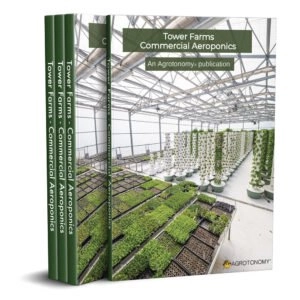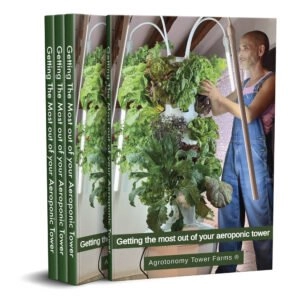Greenhouses are constructed in many different shapes and styles for functionality and attractiveness. There are various types of construction and design for commercial greenhouses. The traditional A-frame greenhouse is classic and triangular, making it quite versatile. Gothic arch greenhouses, with their aesthetically curved rooflines, are popular because they save space. Quonset greenhouses are preferred for their simplicity and cost efficiency, thanks to their semi-circular structures. Gutter-connected greenhouses consist of multiple bays joined together by gutters, providing a large contiguous area for growing plants, suitable for extensive commercial operations. Each structure has its benefits and can be easily adapted to particular requirements.
Let’s take a quick look at the 10 most popular types of greenhouses:
1. Gable Roof Greenhouses:
- Form: Traditional, gabled roof with a slope on both sides.
- Design Intent: Designed for areas with high snowfall. Steep roofs encourage snow to slide off. The shed optimizes space for taller plants, used in both home gardens and commercial operations.
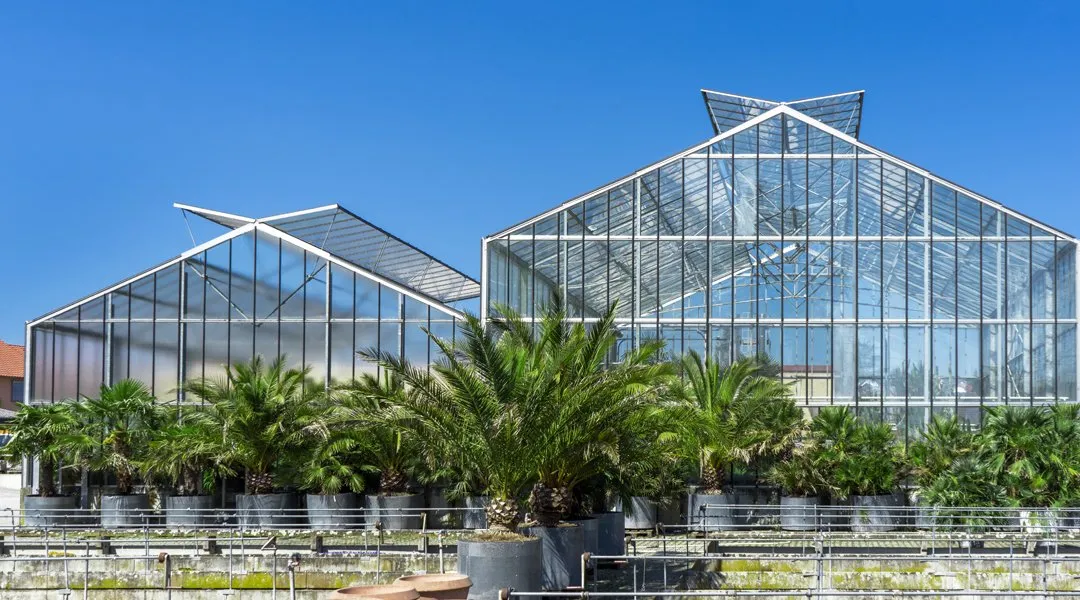
2. Quonset (Hoop) Greenhouses:
- Form: Semi-circular or arch-formed.
- Design Intent: Economical and easy to construct, suitable for small to medium operations. Effective in moderate climates and popular for seasonal growing methods.
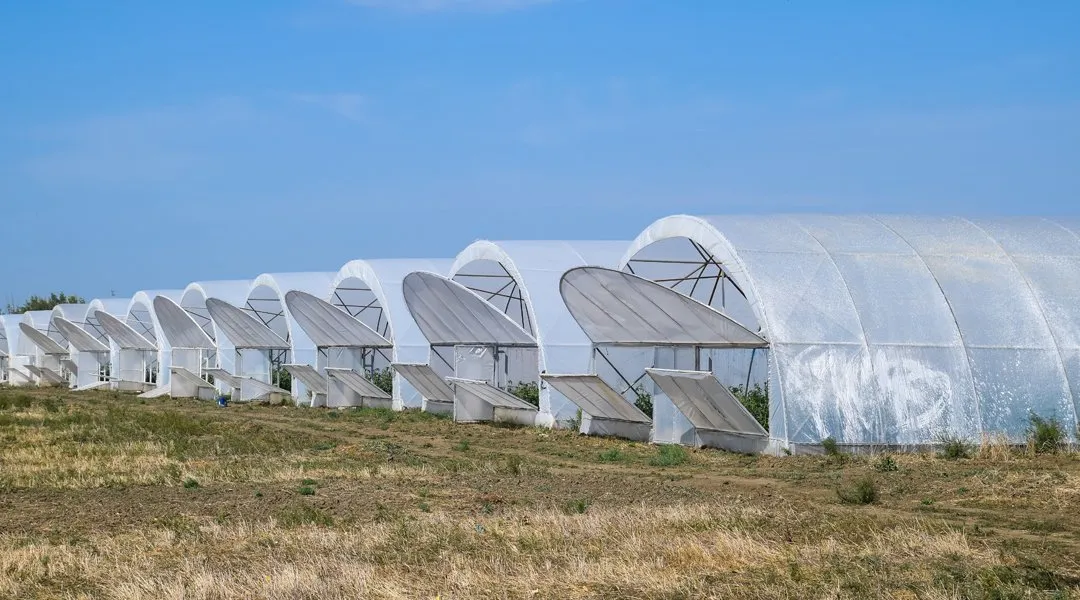
3. Gothic Arch Greenhouses:
- Form: Quonset-like, but with a sharper point in the arch.
- Design Intent: Combines the benefits of Quonset with superior snow-shedding capability. Excellent light diffusion in snow-intensive areas.
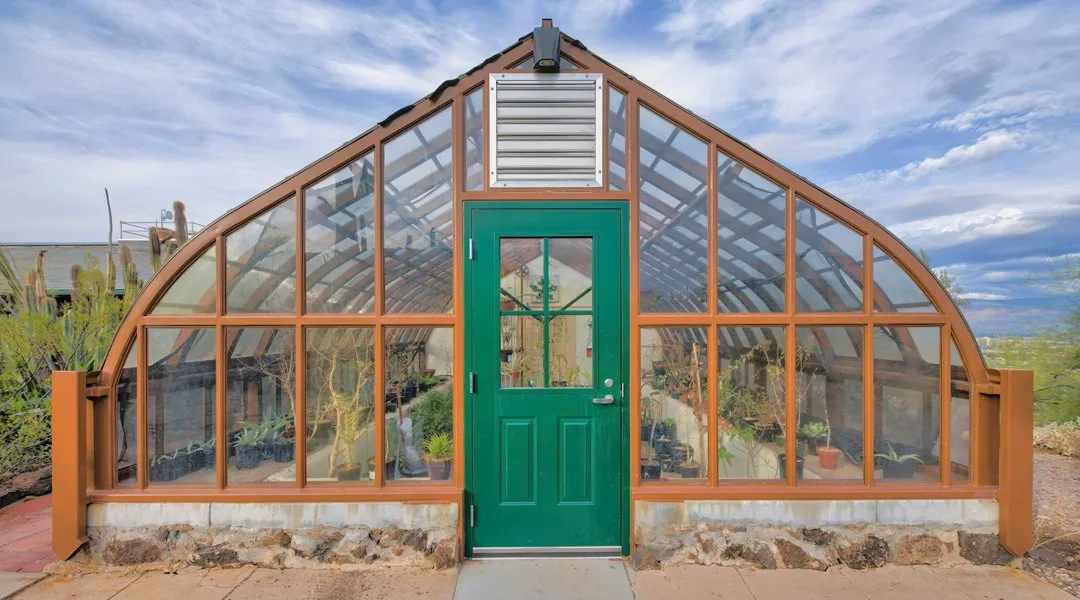
4. A-frame Greenhouses:
- Form: A-frame, two sides meeting to form a triangle.
- Design Intent: Shed snow and rain well, ideal for harsh weather areas, widely used in cold climates.

5. Lean-to Greenhouses:
- Form: Single-sloped roof attached to the sidewall of an existing building.
- Design Intent: Perfect for small-space and urban gardening, utilizing the building’s thermal mass to regulate temperature.

6. Geodesic Dome Greenhouses:
- Form: Triangular shapes arranged to form a dome.
- Design Intent: Extremely strong and resistant to high winds. Diffuses light effectively, reducing heat, and is suitable for diverse climates and advanced garden designs.
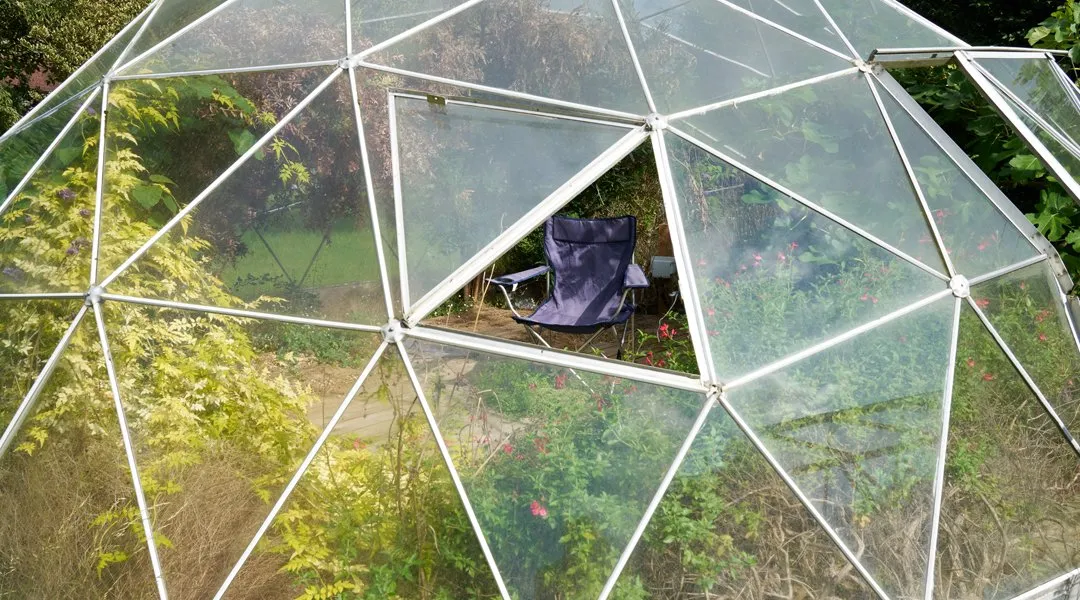
7. Sawtooth Greenhouses:
- Form: Repeating sequence of attached ridges and troughs, resembling a saw blade.
- Design Intent: Effective ventilation and cooling, ideal for hot climates. The sawtooth pattern regulates airflow and temperature.
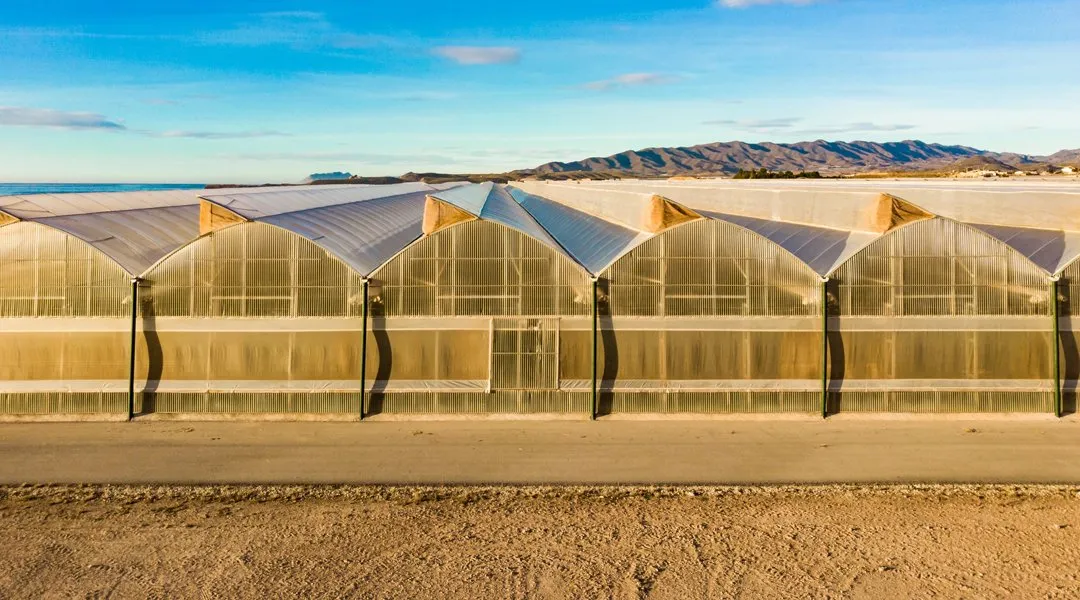
8. Ridge and Furrow (Gutter-Connected) Greenhouses:
- Form: Series of connected gable roofs with gutters at junction points.
- Design Intent: Suitable for large-scale operations. Provides uniform temperature and humidity control, useful for large crop productions.
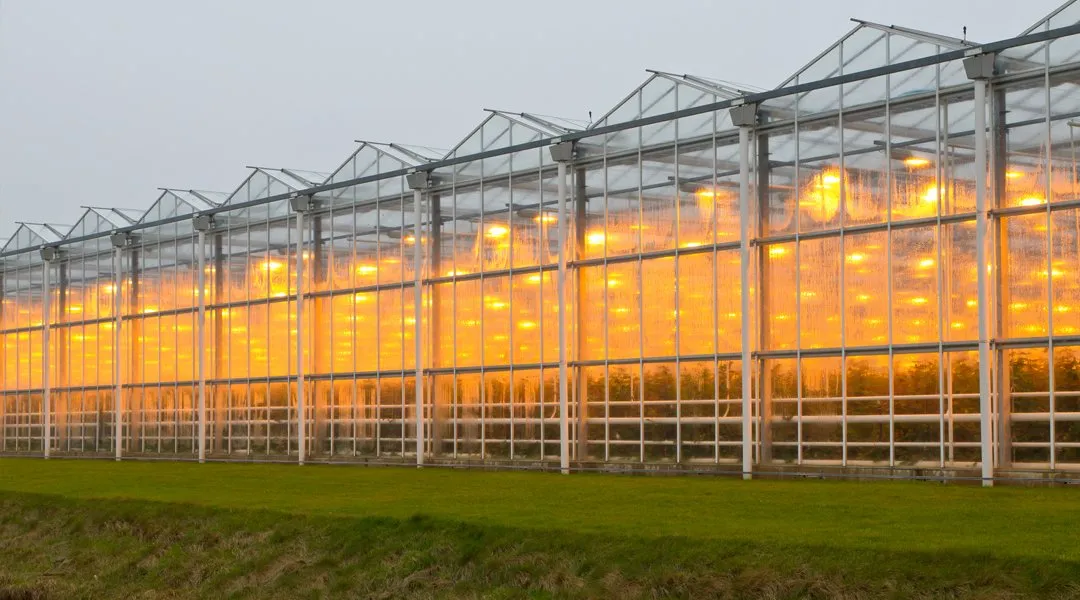
9. Venlo Greenhouses:
- Form: Similar to ridge and furrow, but with a less steep roof and larger glass sheets.
- Design Intent: Maximizes light transmission, popular in commercial horticulture, especially in Europe. Ideal for high-tech growing environments.
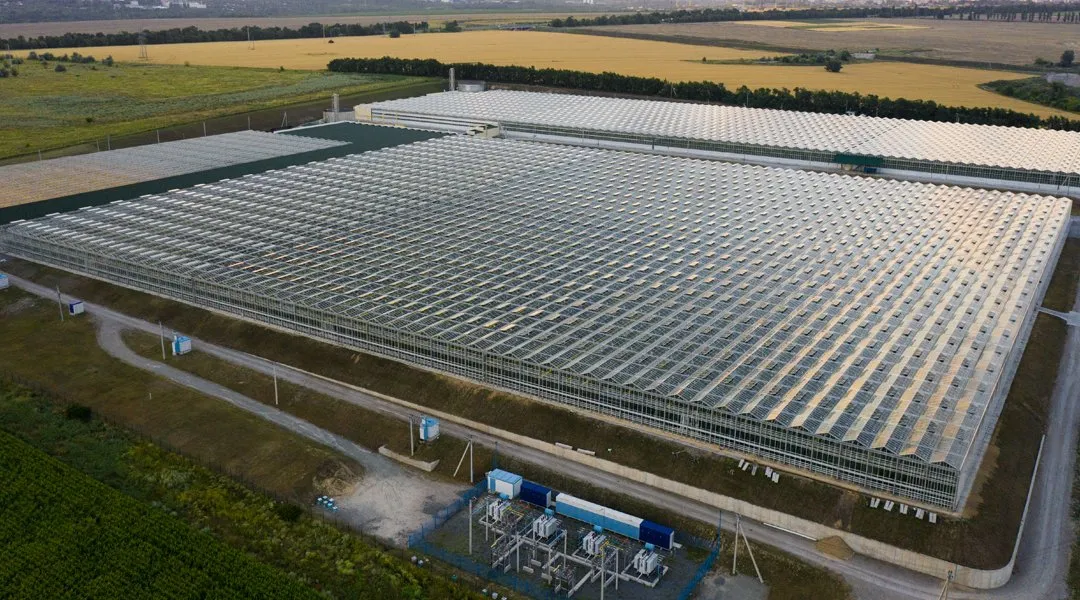
10. Cold Frame Greenhouses:
- Form: Rectangular with a low profile, usually hinged at the top.
- Design Intent: Provides a controlled environment for seedlings and young plants. Extends the growing season and aids in hardening off.
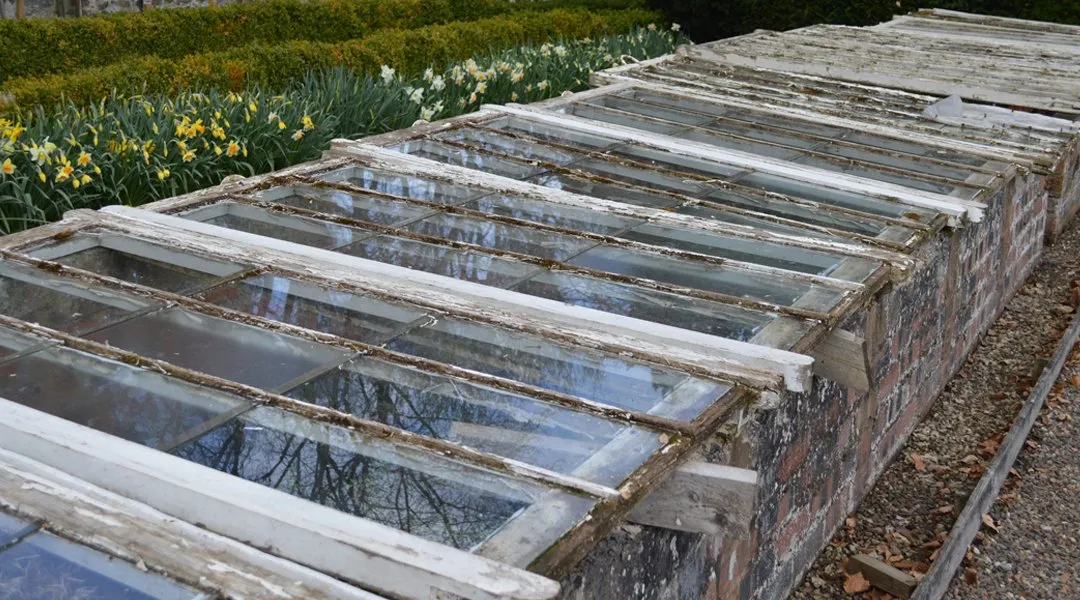
Each greenhouse shape allows for optimal growing conditions based on climate, crop type, and available space.
Whether you wish to set up a Tower Farm or any other agricultural project inside a greenhouse, we offer comprehensive greenhouse consultation services.


